Wellbeing Q&A with Neil Jenkins, Welltek Co Founder
In line with our Wellbeing campaign, we had an insightful conversation with Neil Jenkins, Co Founder and Director of Welltek, about the importance of wellbeing within the workplace and ways in which we can easily improve the office environment to better support our team’s health and wellness.
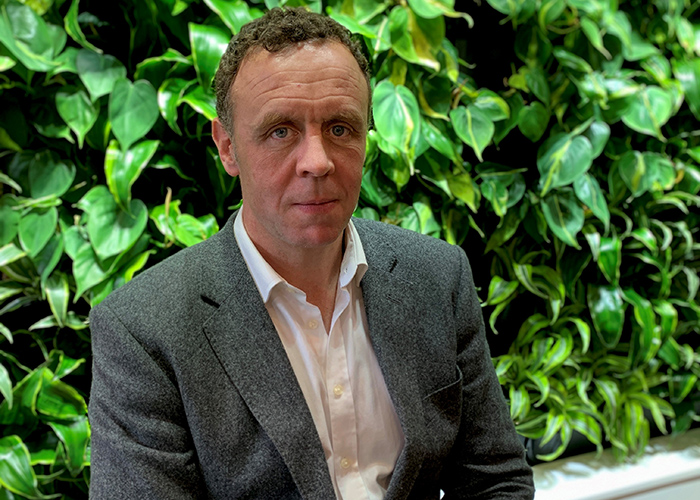
Can you tell us about yourself, and a bit about the background of Welltek?
I’ve been in the Furniture Industry for 25 years and have run my company with my wife and business partner for 19 years. Around 7 years ago our interest in wellbeing started to grow and we switched our focus to curating a wellbeing portfolio of exciting and innovative products and services from Finland.
What made you focus on designing furniture that supports wellbeing in the workplace?
There was a gap in the market for this kind of furniture, as well as an increase in stress levels in the workplace. We assumed that employee wellbeing would become a higher priority, and this has only accelerated as a result of the global pandemic. Our goal is to create environments that inspire and improve employee health and wellbeing in the workplace.
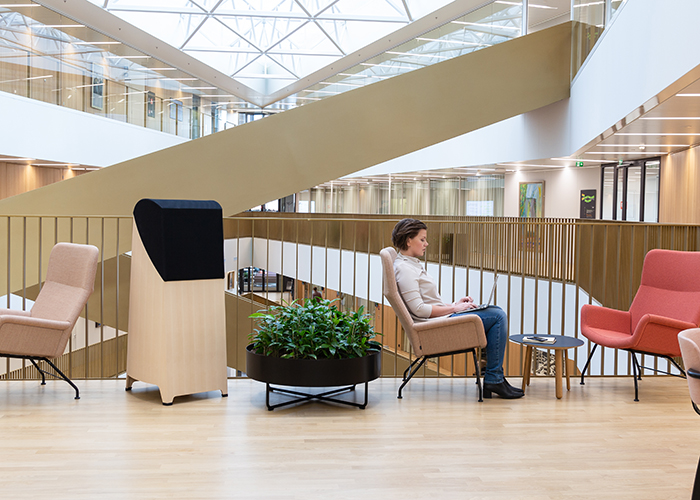
What would you recommend employers do to support wellness in the workplace?
Wellbeing is a key element to productivity and alertness. Firstly, I would suggest verifying if there’s any stress condition in the workplace and if so, identify the source of it. Is the environment healthy? Do the team have any issues? Is the lighting too bright or the noise level too low?
Then consider the 3 key areas: Air quality, stress levels and noise levels – all of which affects the ability to focus. This taps into our key motto: breathe, focus, recover. Indoor air quality is only just coming into focus as a key concern, but we breathe 7.5 litres of air every day and most of us don’t know if it’s any good, so it is vital to first analyse your indoor air. Secondly, have a focused area dedicated to relaxation and recovery. It could be the corner of a large room or a dedicated space where employees are encouraged to take a break during their working hours. This will not only help to refresh staff throughout the day, but will also allow deeper sleep patterns at night. Ultimately good deep sleep patterns are the key to wellbeing and can only be achieved if levels of stress at work are understood and people are aware of ways to deal with stress and recovery. The open plan design of modern offices helps collaboration but is not ideal for noise levels. Phone booths and acoustic meeting pods block out distractions to allow employees to focus on their work without feeling stressed.
I would focus on improving each single area. As an employer myself I also try to encourage my team to take full lunch breaks, as well as short breaks throughout the day to maintain focus. It’s important to get moving with little walks, but also to get proper rest, especially after stressful days.
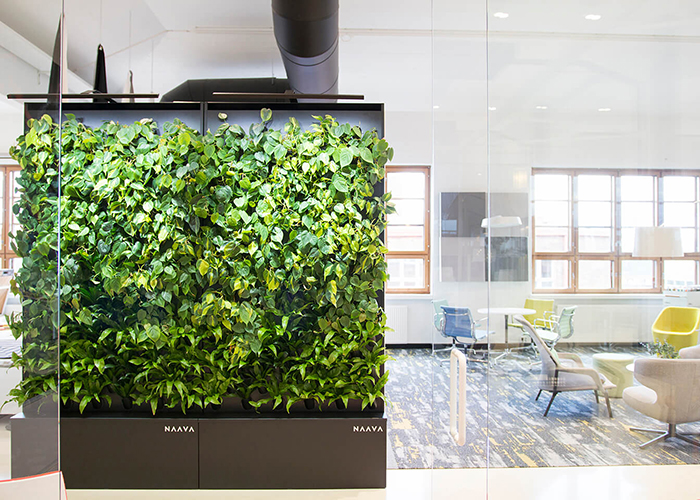
What else should be considered when furnishing the workplace?
An important area to consider for the workplace is the indoor air quality and natural light exposure.
We spend 90% of our time indoors and often do not realise how crucial is to breath clean air. Our technology allows workplaces to monitor the air quality on a hourly basis to remove any dangerous or harmful particles, VOC and bacteria from the air.
As we are all aware, light has such a huge impact on our health and can really effect our mood. It’s also now possible to bring natural circadian light into the building to enable workplaces to remove the artificial light in certain areas of the buildings.
Technology is rapidly advancing in the commercial interior sector but is also considered a factor that negatively impacts mental health. How do your products promote a healthy balance between the uses of technology and encouraging breaks from technology?
Welltek technology enhances the state of wellbeing through technology; the employee won’t be aware of the technology we are offering but will certainly benefit from it. We have products that promote clean air, natural light, spaces where one can really focus or really take a break, recover and disconnect from office busy life. The other key element we offer is the ability to understand when your body is in a state of stress so you can learn what factors to avoid or try and reduce in your daily routine. Stress is inevitable but how we deal with it isn’t.
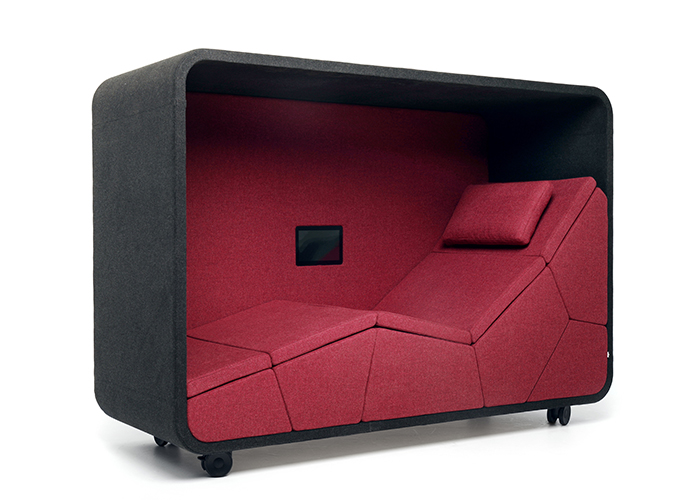
Do you think attitudes have changed towards wellbeing in the workplace?
I think that after the past two years, attitudes towards wellbeing has changed massively. It was on the agenda prior to Covid but the pandemic has propelled everyone’s understanding and value of mental and physical wellbeing.
There has been a big shift regarding the conditions of our offices. Pre-pandemic, we were not even questioning how our workplace looks and feels like in terms of space, noise, air quality, commuting to get there, being able to work from home was mainly a privilege, we were going in and out, not thinking too much. Now, we’ve realised we need to create better workspaces where everyone feels motivated, inspired and safe.
What do you think the future looks like for workplace and wellbeing?
I believe a successful company will have to address the balance of workplace and wellbeing to be thriving and growing in the long term and attract the highest-level candidates to their work force.
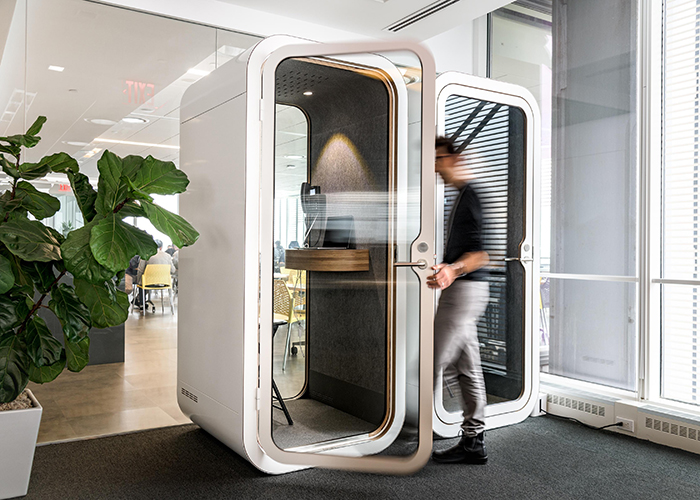






Comments